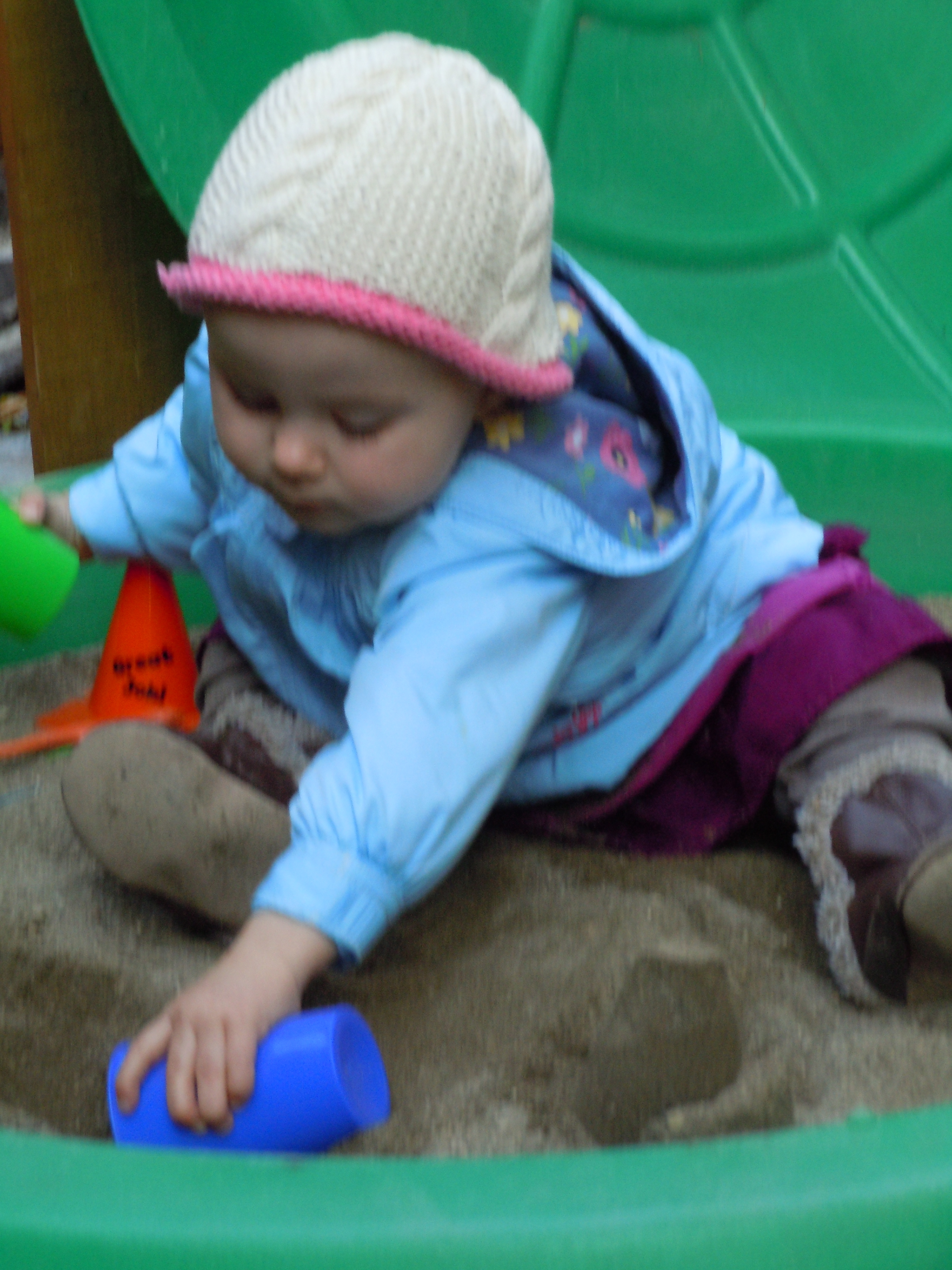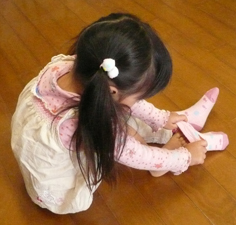 Between 2 and 4 years old most young people begin to develop their sense of order. This is the time when your child will become exasperated if you say the wrong word during story time or if you move her artwork or put away his toy before he was finished playing with it. It can be a difficult time for parents and caregivers alike, because in the past your little one didn’t even notice when you put away his toys. Now everything starts to become a negotiation because along with a sense of order, a stronger will and resulting tantrums also mark this stage of development.
Between 2 and 4 years old most young people begin to develop their sense of order. This is the time when your child will become exasperated if you say the wrong word during story time or if you move her artwork or put away his toy before he was finished playing with it. It can be a difficult time for parents and caregivers alike, because in the past your little one didn’t even notice when you put away his toys. Now everything starts to become a negotiation because along with a sense of order, a stronger will and resulting tantrums also mark this stage of development.
Autonomy is the holy grail of childhood
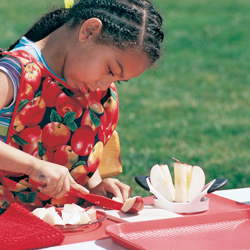 In my work with young people there are some needs that come up again and again. The need for play is a great example. Kids need lots and lots more play than we need and they let us know about their need in ways that are sometimes difficult for us.
In my work with young people there are some needs that come up again and again. The need for play is a great example. Kids need lots and lots more play than we need and they let us know about their need in ways that are sometimes difficult for us.
But the unmet need that I notice most in young children is the need for autonomy. Children desperately need to be able to do things on their own and to choose their own path and luckily for you, there are simple things you can do around the house to support your child’s autonomy.
Focus on the process, not the product
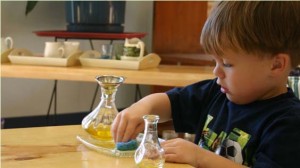 As many of you know, for the five years after college I was a preschool teacher in Montessori classrooms. I was very intrigued my Maria Montessori and her methods, but what struck me most was her philosophy. There are quite a few key Montessori philosophies that I subscribe to, but today I want to share one that’s near and dear to my heart. Montessori said, “It’s the process, not the product.”
As many of you know, for the five years after college I was a preschool teacher in Montessori classrooms. I was very intrigued my Maria Montessori and her methods, but what struck me most was her philosophy. There are quite a few key Montessori philosophies that I subscribe to, but today I want to share one that’s near and dear to my heart. Montessori said, “It’s the process, not the product.”
What she meant is that for young people, it’s the process of learning that is to be enjoyed and savored. Too often we put the emphasis on our kid’s paintings, drawings, or little cut out shapes, but we forget that it’s the experience of painting, drawing, and cutting that matter most to our child’s development.
The importance of observation
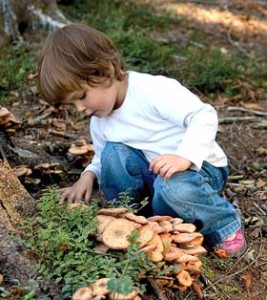 When it comes to babies, at my core, I am a scientist. The process children go through as they transform from a fetus into a walking talking human child in just the first 2 years of life fascinates me. It’s absolutely incredible really. As a scientist, I want to understand all I can about this amazing process. And if there’s one thing I’ve learned that is the same in both my scientific and my Montessori backgrounds, it’s that observation is the key to understanding child development.
When it comes to babies, at my core, I am a scientist. The process children go through as they transform from a fetus into a walking talking human child in just the first 2 years of life fascinates me. It’s absolutely incredible really. As a scientist, I want to understand all I can about this amazing process. And if there’s one thing I’ve learned that is the same in both my scientific and my Montessori backgrounds, it’s that observation is the key to understanding child development.
Stimulating young minds
Learning doesn’t just happen at school. You can stimulate your child’s mind at home with these simple activities:
Sometimes when kids seem to need a lot of extra attention, are bugging you constantly to watch TV and movies, or are generally in your face 24/7, they might actually be asking for more intellectual stimulation. When kids get bored, they turn to you for help, but they might not know exactly what they’re wanting.
If you think this might be what’s happening in your household, I’ll give you some ideas and examples of simple things you can do to stimulate your child’s mind, support more independence, and encourage self-directed activities.

